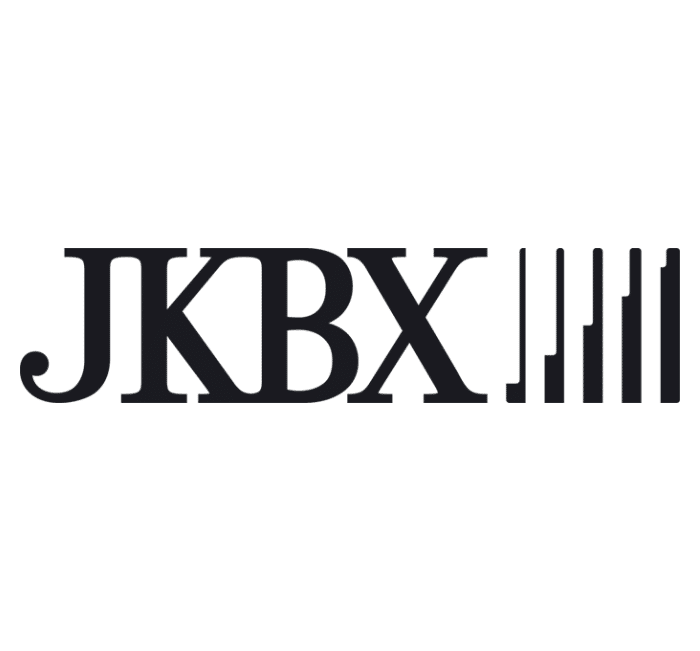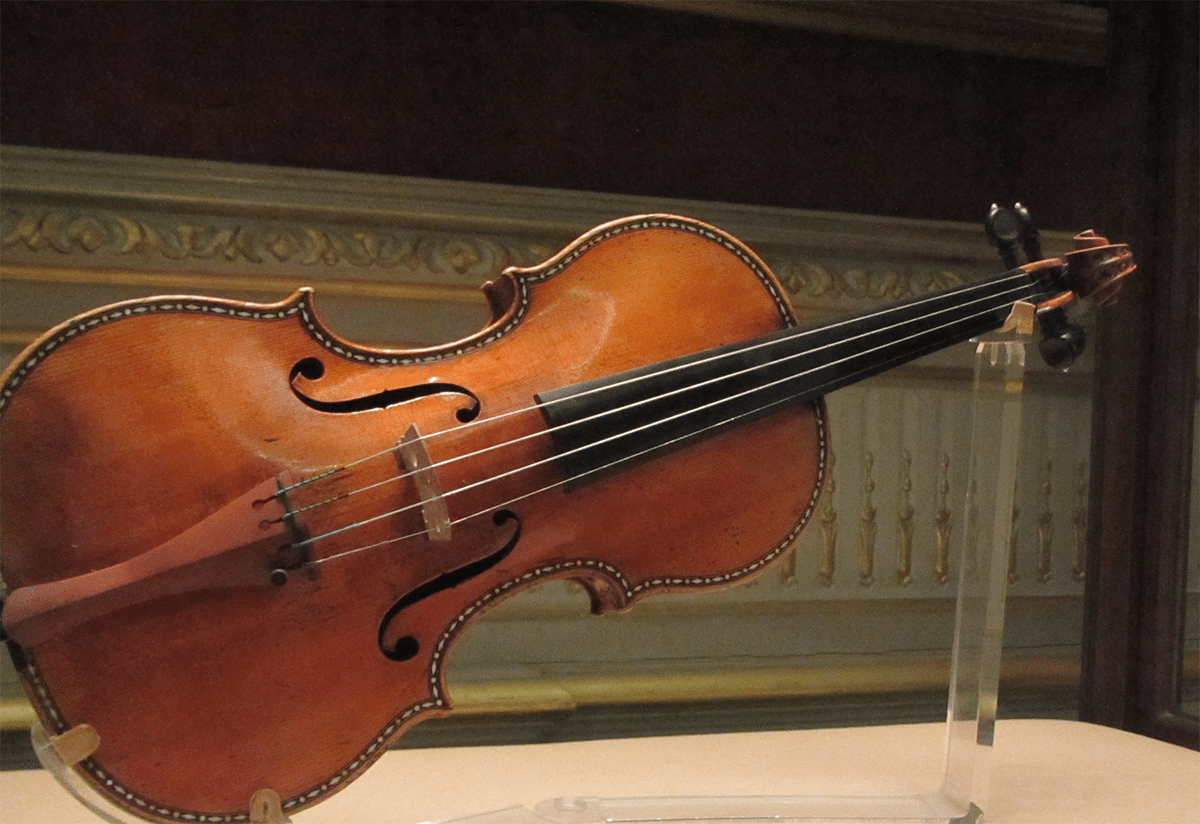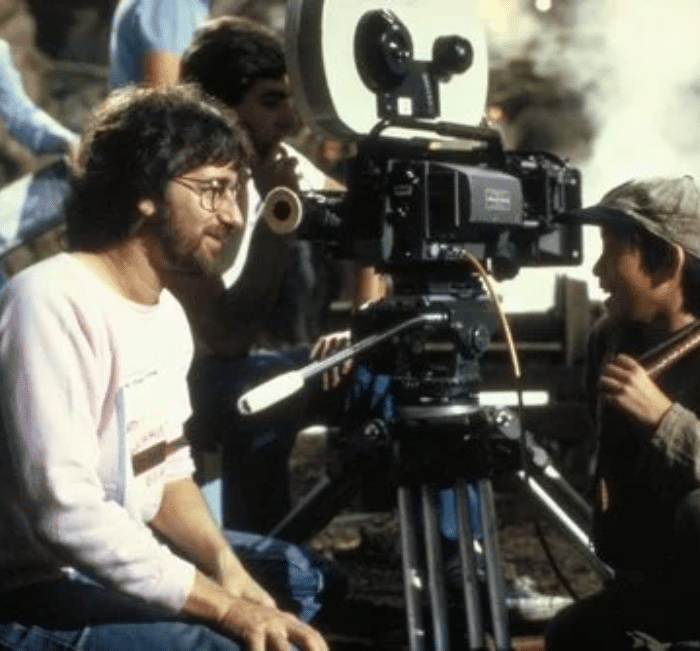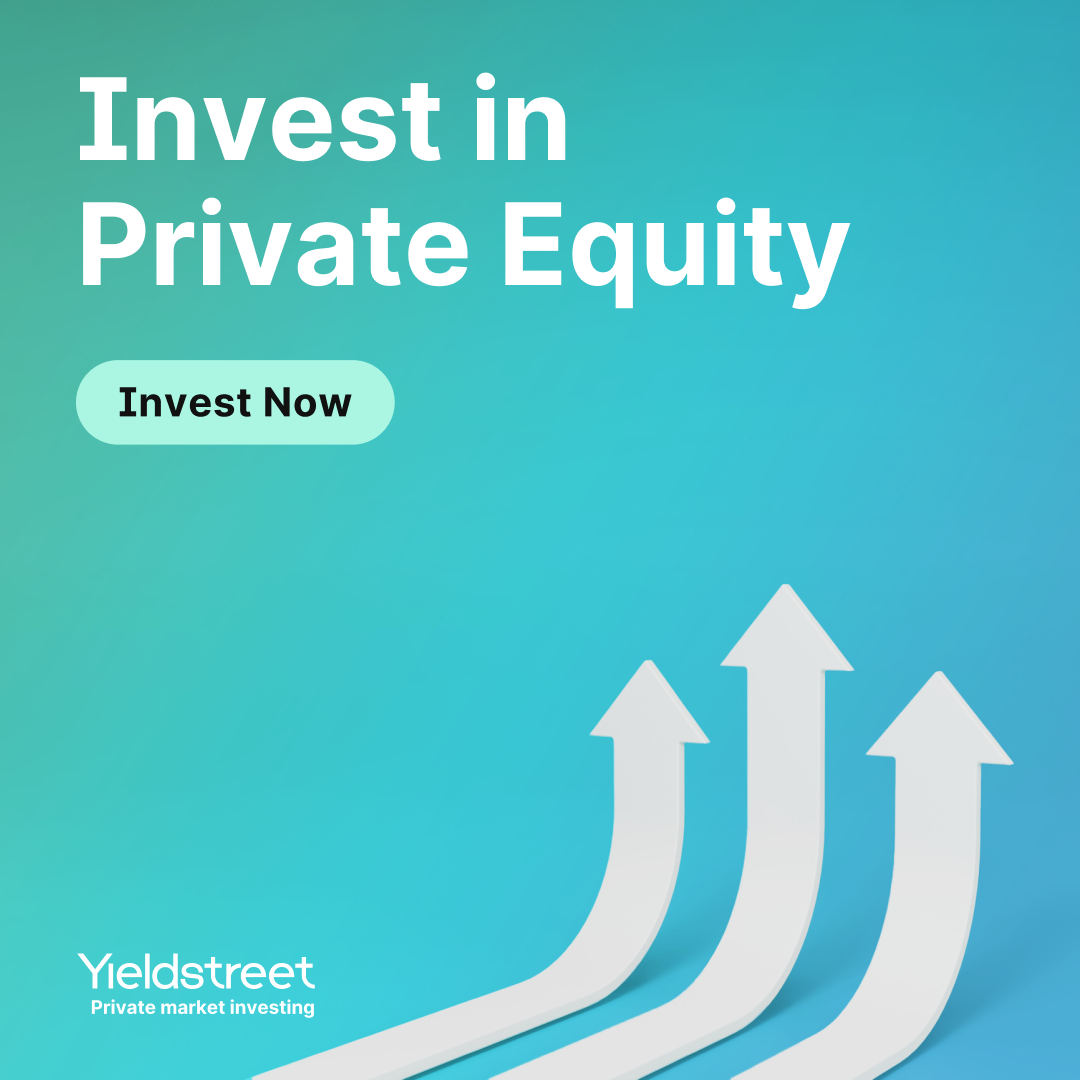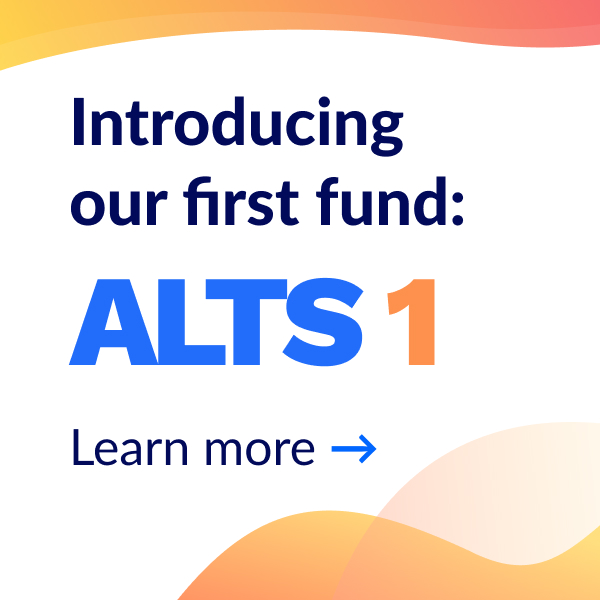Alts Insider is a special service for investors looking for a serious edge.
This post is for Insiders only. Learn more.
Become an Insider today
Free for 30 days. No credit card is required. Start a trial today.
Already an Insider?
Support
- Email [email protected]





